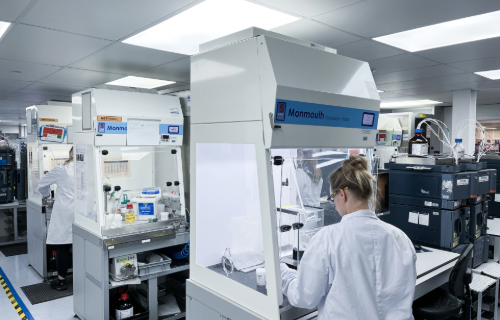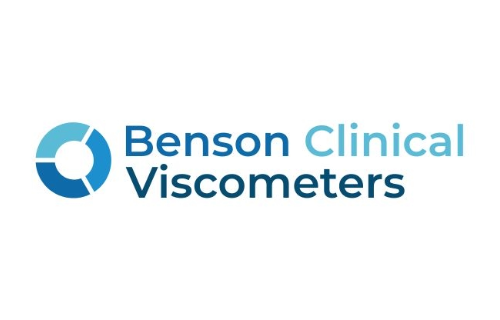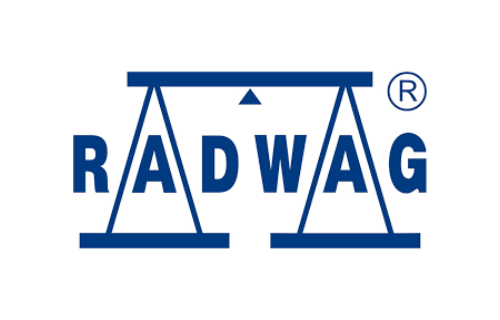The International Association for the Study of Lung Cancer (IASLC) Pathology Committee has proposed a new, simplified grading system for invasive lung squamous cell carcinoma (LUSC). The system, focused on tumour budding, offers a more accurate way to assess prognosis.
LUSC makes up about a quarter of all lung cancers, but treatment options remain limited due to the lack of clear molecular targets. Histopathologic grading may help guide decisions, but until now, no unified system existed.
The IASLC study evaluated features such as tumour budding, nest size, nuclear size, and spread through air spaces in two large training sets. Tumour budding emerged as the only feature consistently associated with recurrence-free and overall survival.
The committee therefore proposed a two-tiered system: low-grade (0–9 buds/0.785 mm²) and high-grade (≥10 buds/0.785 mm²). This cut-off, adapted from colorectal cancer guidelines, was validated in a third dataset of 827 patients across five institutions.
Results showed stark differences: median recurrence-free survival was 4.8 vs. 1.6 years for low- vs. high-grade tumours. Even stage I patients showed significant differences (7.2 vs. 3.4 years).
Dr Mari Mino-Kenudson of Massachusetts General Hospital, lead author of the study, said:
“This grading system for resected LUSC is reproducible across international datasets and practical for routine pathology, offering a unified framework for clinical and research use.”
Unlike standard AJCC and UICC grading, which applies one system across all lung cancers, this framework is specific to LUSC and could help improve patient management globally.
Read the full story here.











